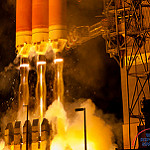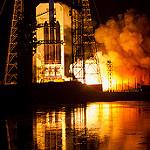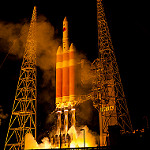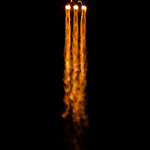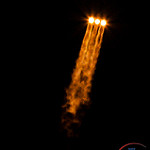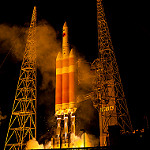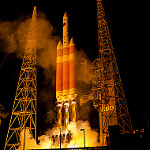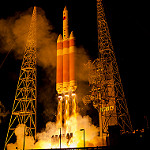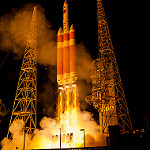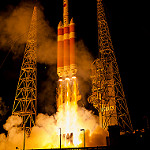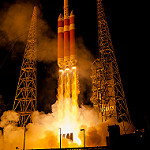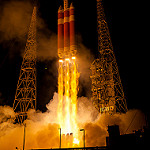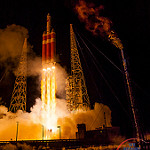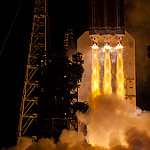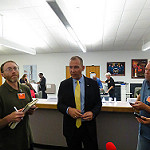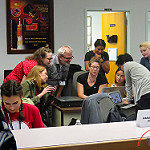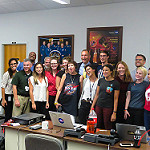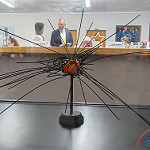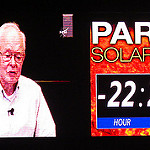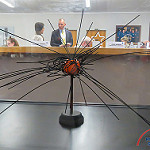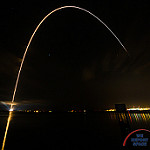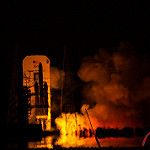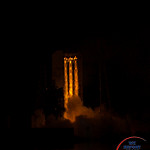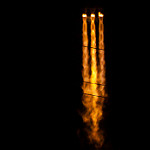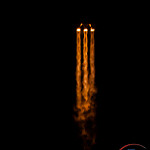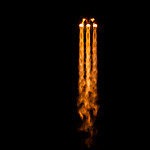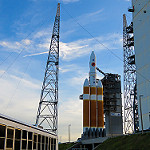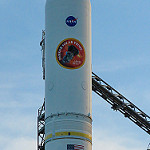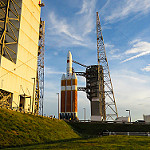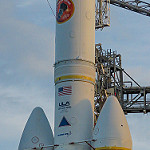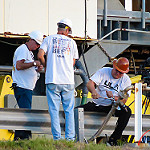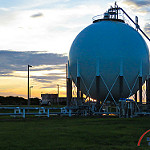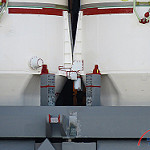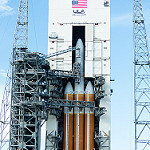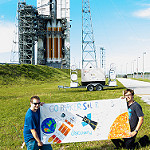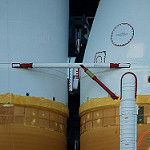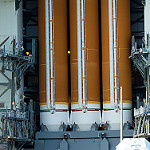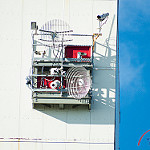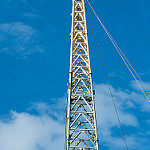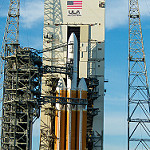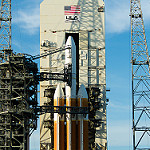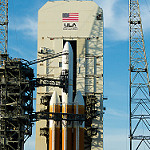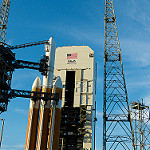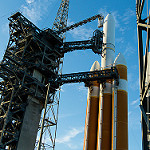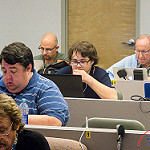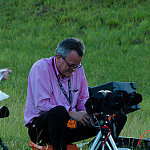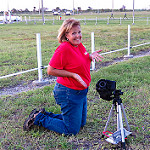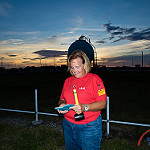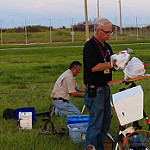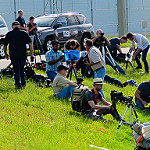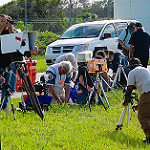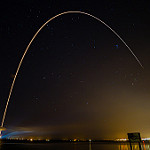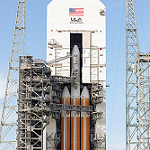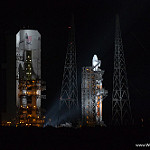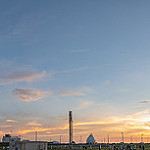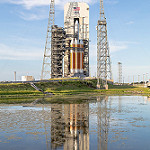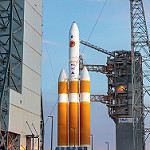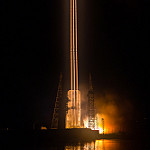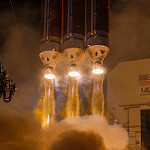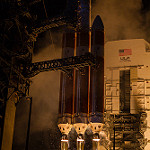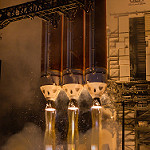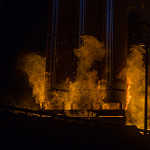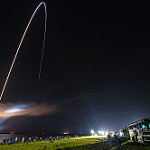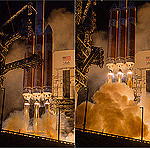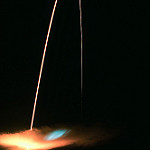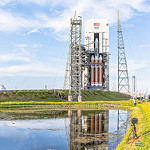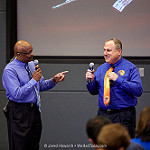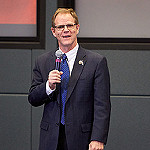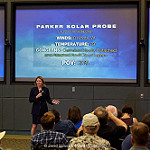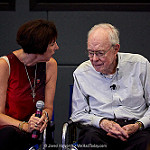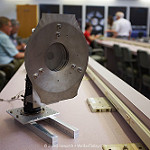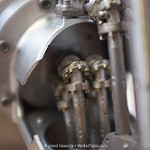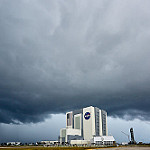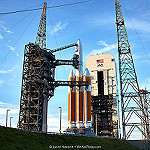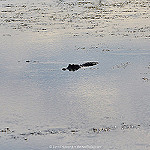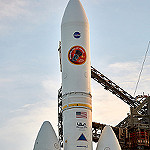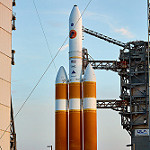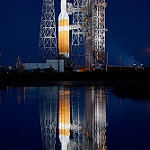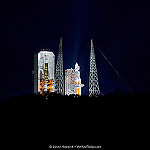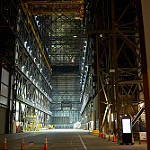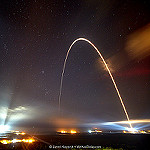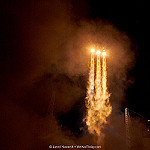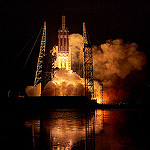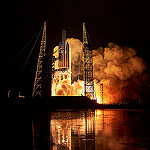Parker Solar Probe Findings After First Three Orbits
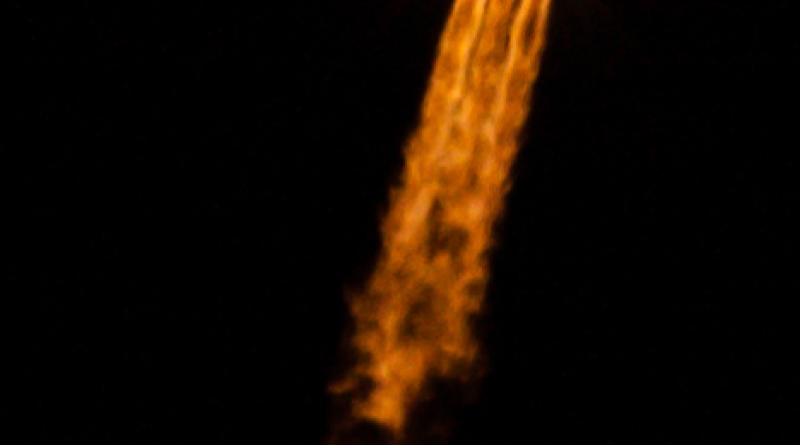
The Parker Solar Probe has completed three of 24 planned orbits around the Sun. The first results from the mission were published in the December 4, 2019 issue of Nature.
NASA scientist Dr. Eric Christian explains: "Parker Solar Probe is the first mission to get close enough to the Sun to see where the action is actually happening; where the solar wind is accelerating; where the corona is getting heated. We've seen a lot of new science that we don't completely understand. We've seen small events with Parker that can't be observed from Earth."
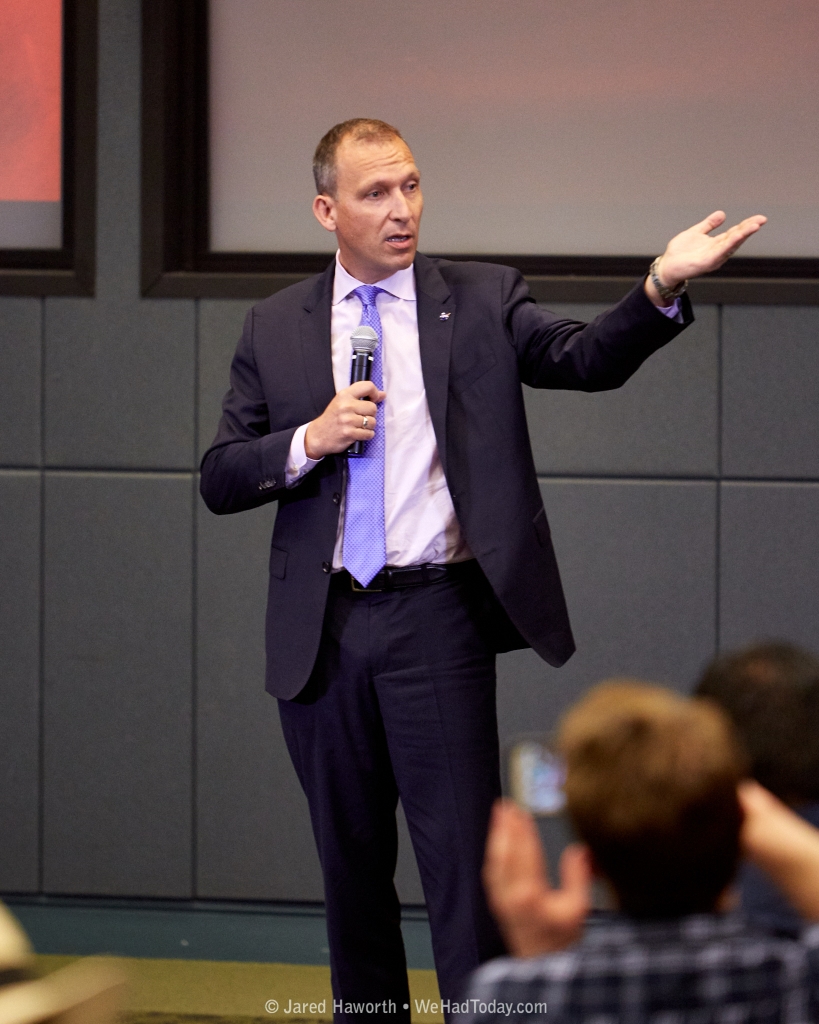
“This first data from Parker reveals our star, the Sun, in new and surprising ways,” said Thomas Zurbuchen, associate administrator for science at NASA Headquarters in Washington. “Observing the Sun up close rather than from a much greater distance is giving us an unprecedented view into important solar phenomena and how they affect us on Earth, and gives us new insights relevant to the understanding of active stars across galaxies. It’s just the beginning of an incredibly exciting time for heliophysics with Parker at the vanguard of new discoveries.”
"The surface of the Sun is 6000 degrees Fahrenheit. But the Corona is over 2 million degrees Fahrenheit. That is like walking away from a campfire and getting hotter instead of colder. We are hoping Parker Solar Probe will help explain this mystery." - Aleida Higginson Deputy Project Scientist.
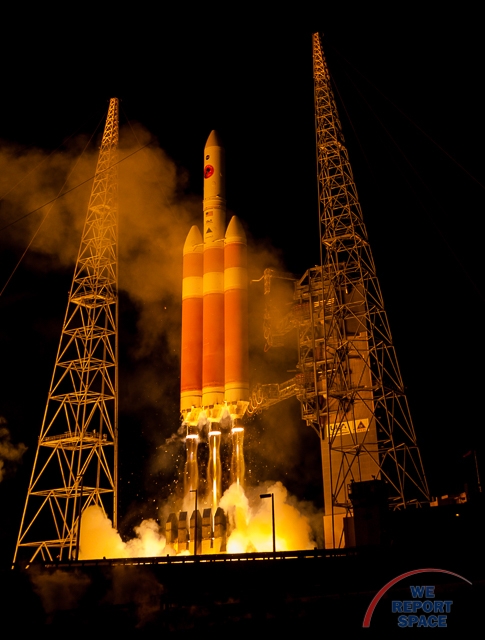
"One thing that Parker Solar Probe found that was unexpected: The atmosphere of the Sun is actually spinning with the star much farther out than we thought. At some point, the atmosphere goes from spinning with the Sun to moving radially outwards. Understanding how this momentum is lost into the Solar winds is really important for understanding our Sun's life cycle." - Aleida Higginson Deputy Project Scientist .
When observed from Earth, the solar wind is orderly and flowing in the same direction. "Imagine that you are observing a waterfall from half way down the cliff. The water is all flowing in the same direction." Parker is giving us views from the source of the waterfall and we are seeing events that have smoothed out by the time the solar wind reaches Earth. Flips in the Sun's magnetic fields — dubbed "switchbacks" — appear to be a very common phenomenon in the solar wind flow inside the orbit of Mercury, and last anywhere from a few seconds to several minutes as they flow over NASA's Parker Solar Probe during its first year in orbit." - Stuart Bale, principal investigator of the FIELDS instrument at the University of California, Berkeley.
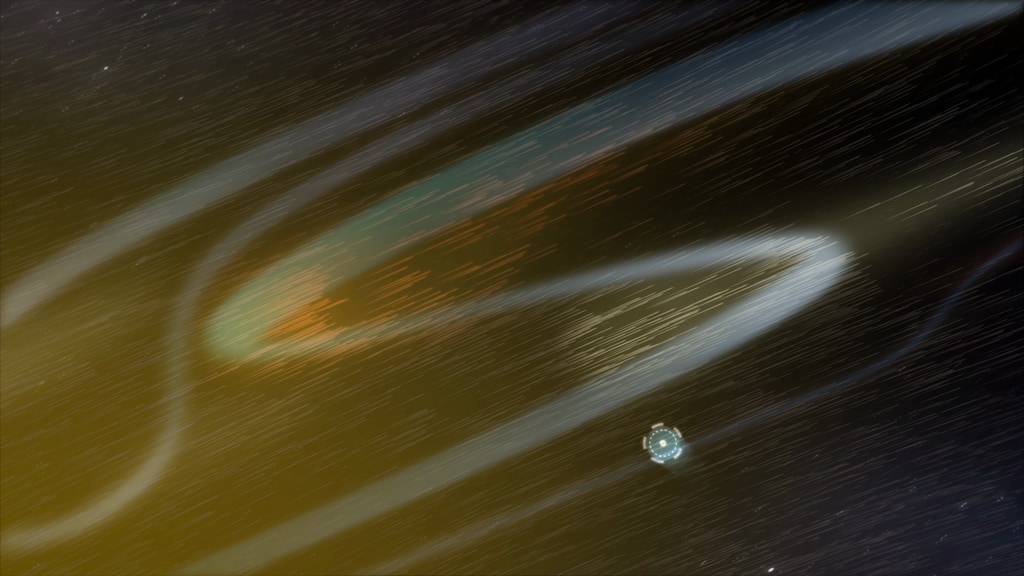
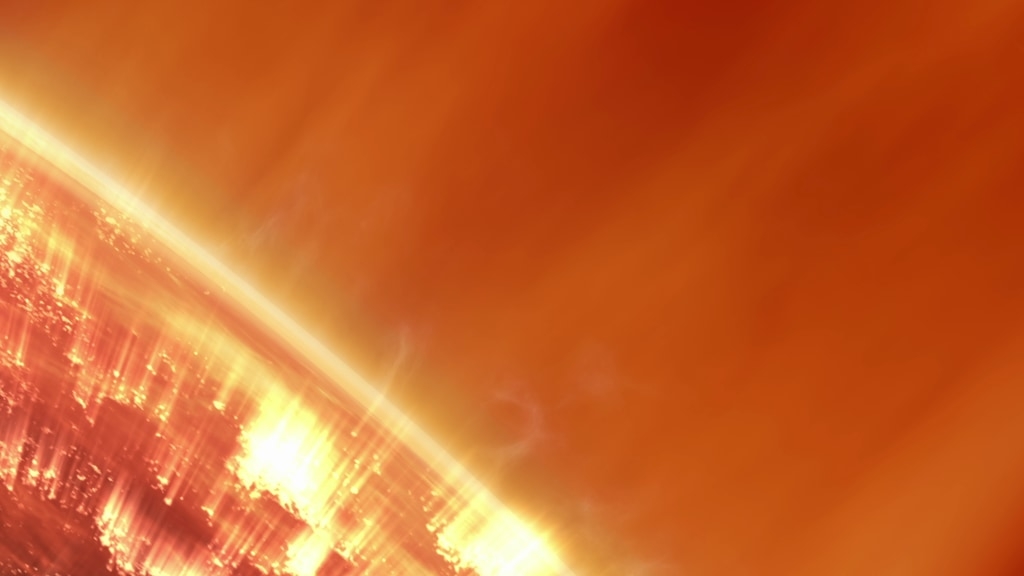
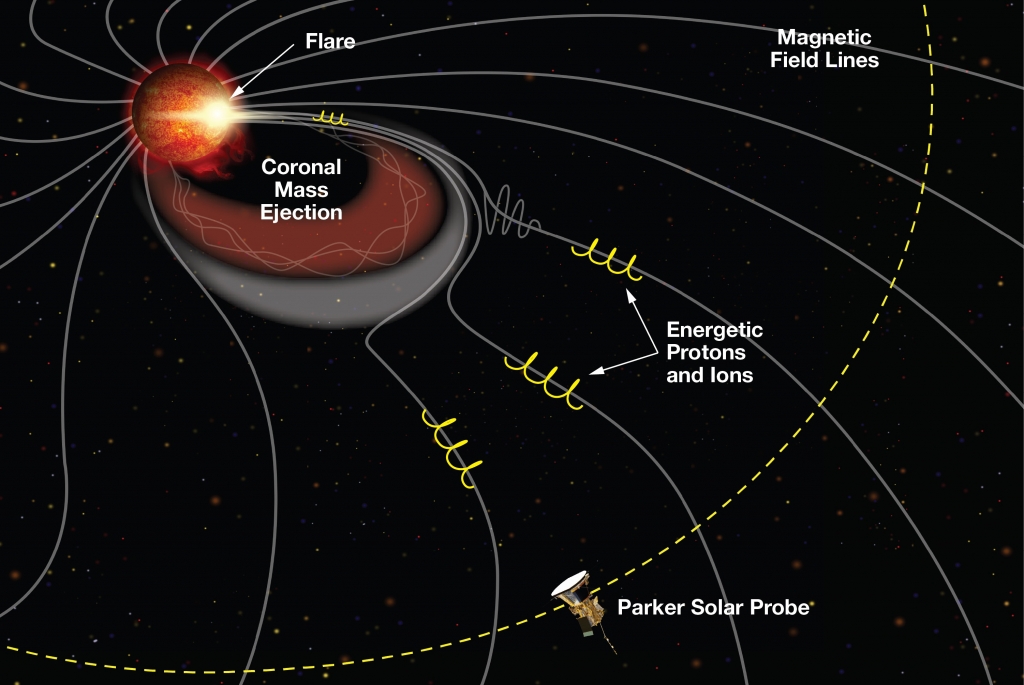
"The Sun goes through activity cycles, every 11 years, from Solar Minimum to Solar Maximum. Right now, we are in a minimum, where the activity isn't that complex. That means we can isolate individual events and really understand them. Later, as Parker continues to observe the Sun, we will see this ramp-up of activity and more complex energy bursts." - Dr. Nicholeen Viall, NASA Scientist.
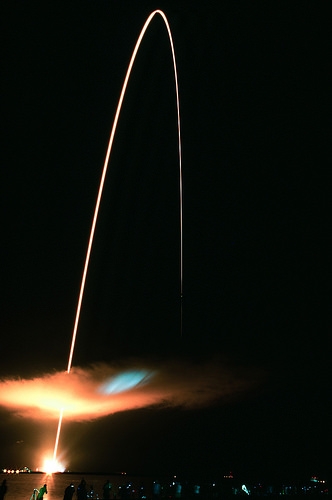
"Eventually, the spacecraft will run out of fuel and be unable to keep the heat shield pointed towards the Sun. Without the protection of the 4-inch thick heat shield, the heat from the Sun will break up the spacecraft and those pieces will continue in orbit around the Sun." - Aleida Higginson Deputy Project Scientist .
Photos
Delta IV Heavy / Parker Solar Probe (Bill and Mary Ellen Jelen)

Stunning, full color photo book covering every east coast launch spanning 2014-2015, including the first-ever powered landing of a SpaceX Falcon 9 rocket.
More Info